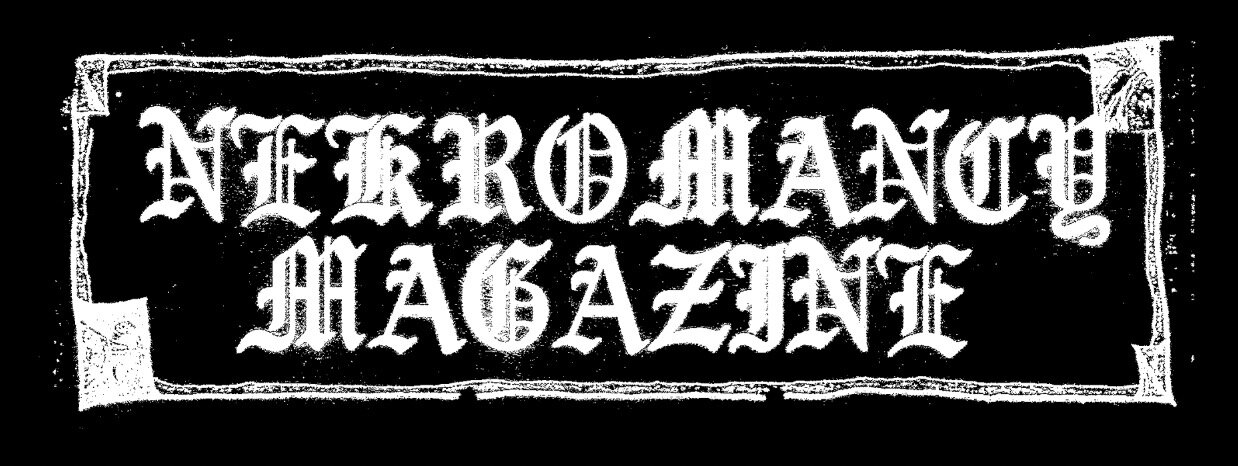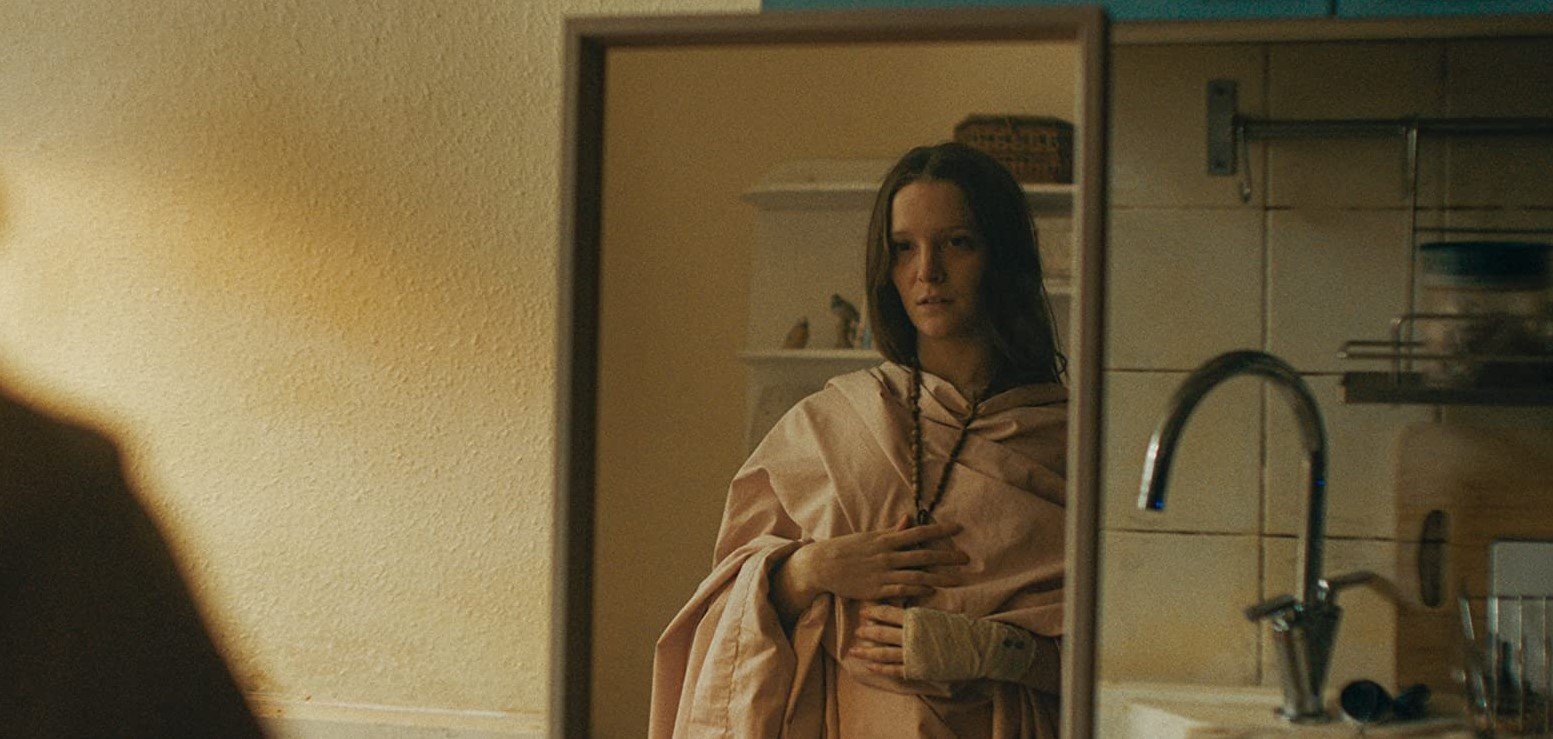The Strange Comfort of Saint Maud
February 13, 2021 ● Ed Murden
You don’t need to suffer to become a saint (though of course, it helps), but the impression we get from cinemas representation of saints is that it’s a requirement. Saint Maud follows a young nurse who chooses a slightly fanatical Christian path after suffering a trauma - hurting herself as she believes this brings her closer to God. Maud (Morfydd Clark) is sent to look after Amanda (Jennifer Ehle), a cancer patient who used to be a dancer and in contrast to Maud, chases pleasure even in her condition. It’s not hard to see how we may find comfort in her pain and flagellation as we often romanticise suffering as a sign of authenticity. It’s comforting to believe that our pain may serve some purpose.
Film in general, is very guilty of this, from horror and gore to tearjerkers. Even rom coms need one party to go through hell before they are worthy to be reunited with their loved one. Even more traditional films about saints such as The Passion of Joan of Arc have a fixation on Joan’s (Renée Jeanne Falconetti) suffering.
Before religion became the playground of horror, people made films with positive religious themes often centred around the lives of saints. Instead of guilt, shame, and punishment, these films were made to celebrate the special connection these people shared with their God. But both the horrors and the hagiopics always focus on women. From social pressures, beauty standards, periods, and childbirth, it is hard to imagine a fleshier prison than a woman’s body in a patriarchal society. This goes a way to explain the gender bias in these films. But I think it is more than that, something that could be called the pornographic spectacle of female suffering, so much that the audience enjoys watching women in pain. This idea - though not obvious in the traditional saint movies, can easily be seen across the horror genre.
This together with the idea of the woman suffering for a divine purpose is very convenient for the male writer, director, and viewer. It allows them to look at women suffering around them, from patriarchal pressures or from the acts of individual men as trials that make the woman worthy. In the last scene of Henry King’s, The Song of Bernadette, a film about the life of a saint from a small town in France, Bernadette (Jennifer Jones) asks ‘Have I suffered enough?’ A strange question and one that would sound ironic from the mouth of Saint Maud.
The first difference of course between Saint Maud and traditional saint films is that Maud is not really a saint, she just wants to be. The film’s title has a certain irony, Maud adopts the idea of a trade between pain and authenticity but unlike the saint films of the past this doesn’t grant her holiness. It is also important that she does these things to herself. She puts drawing pins in her shoes and walks miles down the seafront in them, there is no persecuting church hierarchy forcing her to do it like there is in The Passion of Joan of Arc. We as an audience are the only people willing the pain on with her, to us it is just another spectacle.
The other major difference between Saint Maud and other saint movies is that Saint Maud isn’t a movie that believes in God. The Song of Bernadette opens with a title card quoting Thomas Aquinas; ‘For those who believe in God, there is no explanation necessary. For those who don’t believe in God, there is no explanation possible.’ This film, like The Passion of Joan of Arc, is a Christian piece, no doubt about it, whereas Saint Maud is ambiguous. For me, this is where the real horror enters. That without God, the only viewer that could give meaning to her suffering is us, the audience. Maud seems to realise that God isn’t watching and this is the reason her last act of self-harm is done publicly. When she’s on her own she’s doing it in front of God, but when she takes the kerosene to the beach it’s because she needs to be seen by a new audience.
Both Saint Maud and The Passion of Joan of Arc end with a sequence of the saints on fire surrounded by a crowd. In The Passion of Joan of Arc, Joan is a martyr. Of course, it’s sad but it isn’t horrifying because we know that her death serves some purpose. She dies for her god surrounded by people who believe in her story. But in Saint Maud, the sequence is not only horrifying, but it’s also lonely. Maud stands open-armed on a beach as she burns, watched on wordlessly by those around her. None of the people watching know why she’s doing it and now she has no chance to explain.
The ending of Saint Maud is so devoid of reason that it becomes absurd. The overactive use of religious imagery, Maud angelically floating in front of onlookers installs in us not religious reverence but a sense of unease. Glass has made a film that not only plays with our expectations when it comes to suffering but makes a joke about them, leaving us sick to our stomachs.
Ed Murden ● Writer
Twitter: @spookyelvis_
Instagram: @spookyelvis_
Manchester based writer/filmmaker, mainly writing for and about horror films but with an interest in anything strange and surreal.



